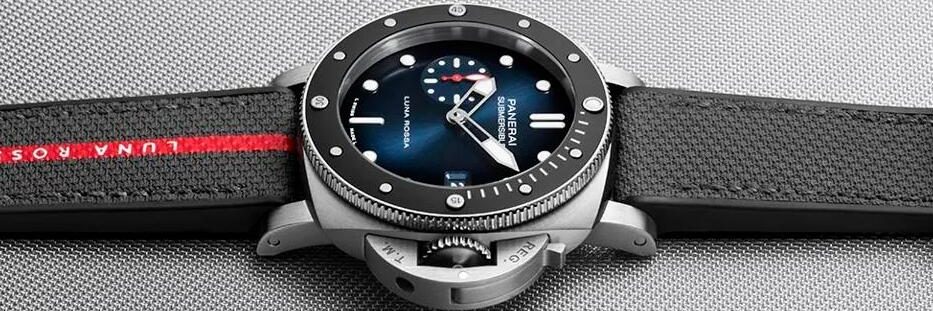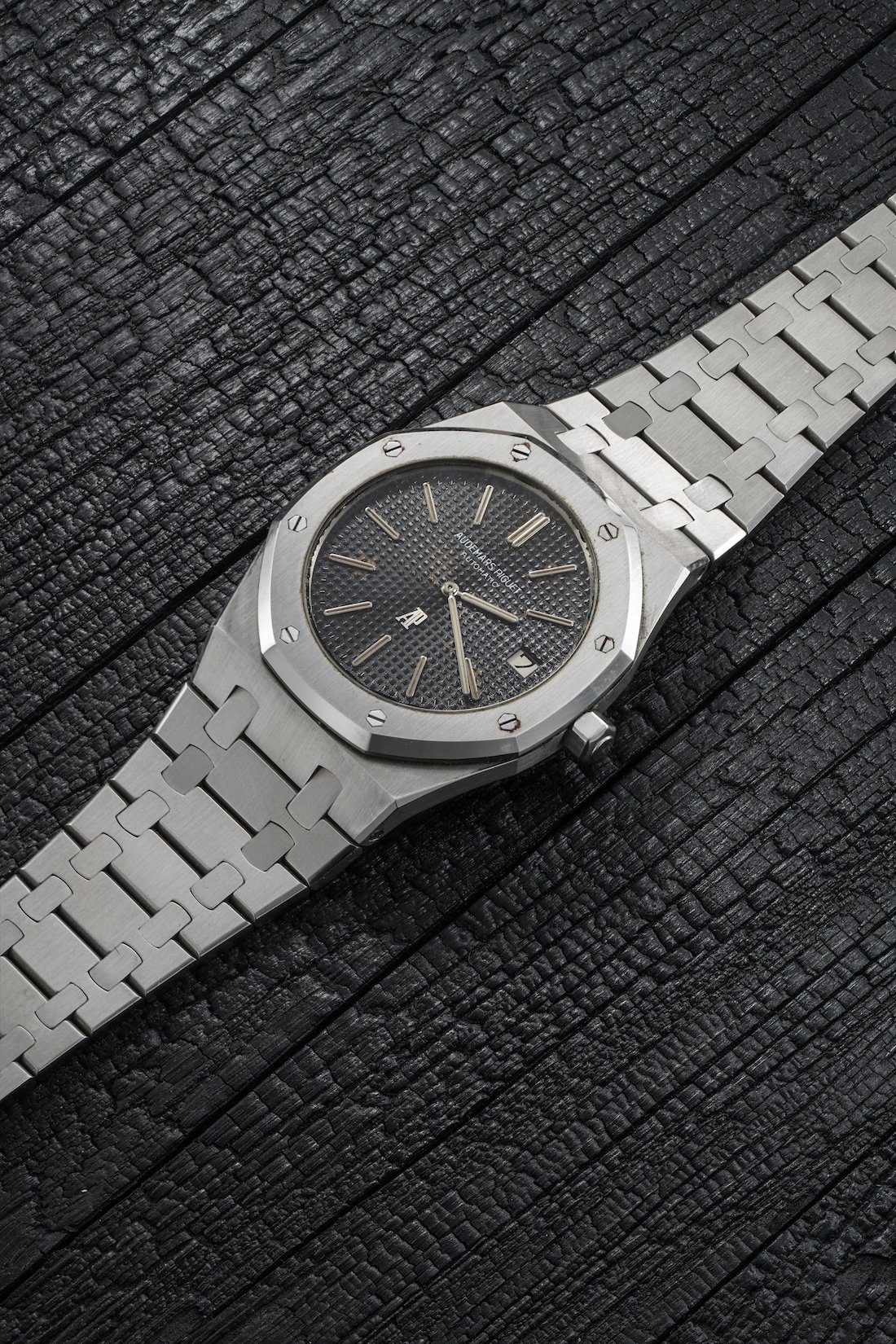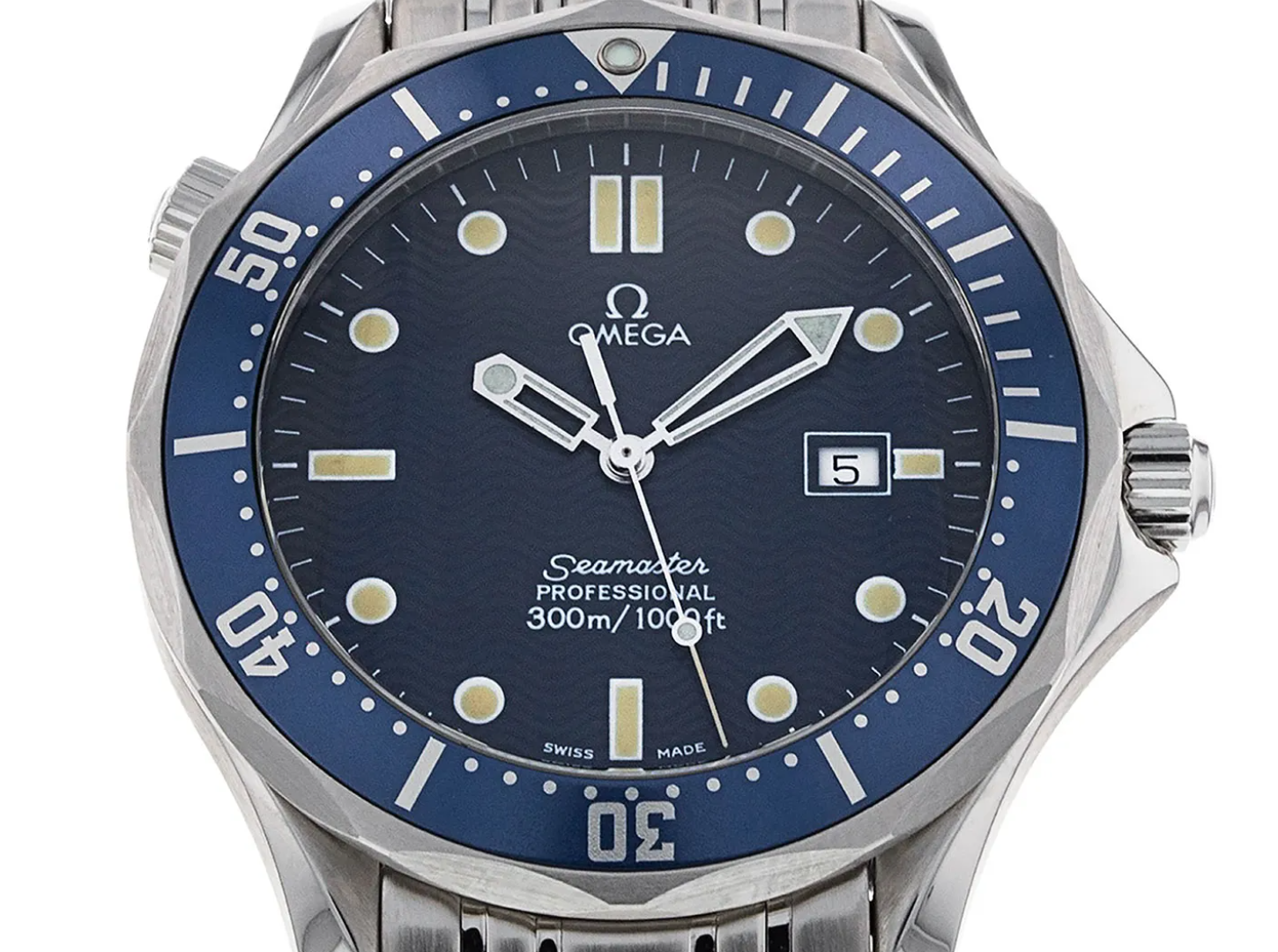You could say that as a senior member of one of the world’s oldest and richest monarchies, Prince William is a man of remarkable restraint and modesty. Unlike the offspring of some royal families, he’s never been one for ripping around the streets of West London in a gold-plated Lamborghini and Instagramming a gilded existence of Dom Perignon and Balenciaga hoodies.
So it’s fair to assume the future King of England doesn’t have a watch-safe full of bust-down 1:1 fake Audemars Piguet Royal Oaks and Richard Mille’s hidden away in the basement of Kensington Palace. In fact, there’s every reason to believe that Prince William—whose personal wealth is estimated at a not-to-be-sniffed-at £30m—owns no more than one watch. And not an exorbitantly expensive, hard-to-get watch, either! It’s a modest, battery-powered perfect replica Omega Seamaster from the Pierce Brosnan Bond-era.
Why, then, when he could easily go on a lavish Bond Street spending spree and nab himself a few AAA fake Rolexes and Pateks (let’s be honest, it’s what you would do if you were a prince, right?), does William faithfully stick to not only one brand, but one super clone watch uk?
Fit For A King…. And Almost Anything Else
For all his frugal ways, William’s watch monogamy is nothing to do with him being a humble, regular guy. The People’s Prince. A man who knows the price of a pint of semi-skimmed milk and mucks in with the dish-washing when he visits his in-laws.
The best quality fake Omega was actually a gift from his beloved late mother, Princess Diana, tragically killed in a car crash in 1997. She gave the watch to William when he was in his early teens and studying at Eton College, though it’s unknown whether it was a birthday gift or a reward for some kick-ass exam results.
Considering its huge sentimental value, we love the fact that William isn’t one for keeping the Swiss made replica Omega in his sock draw and bringing it out occasionally to toy with and polish lovingly with the bottom of his shirt (come on, we all do this!). This is a Swiss movement replica Omega that gets as much wrist time as, well, an actual wrist.
A qualified helicopter rescue pilot, Wills has been spotted wearing his AAA fake Omega Seamaster in the cockpit, while on Royal tours around the world and when meeting renowned luxury watch aficionado, rapper Jay Z—who was presumably left slightly underwhelmed by the future king’s lack of bling. He wears it with a t-shirt and jeans while playing with the kids, and he wears it with a suit when hob-nobbing with presidents and sheiks.
He even wore the top fake Omega UK for his wedding to Kate Middleton, now the Duchess of Cambridge, ensuring he was dead on time for the big day at Westminster Abbey.








